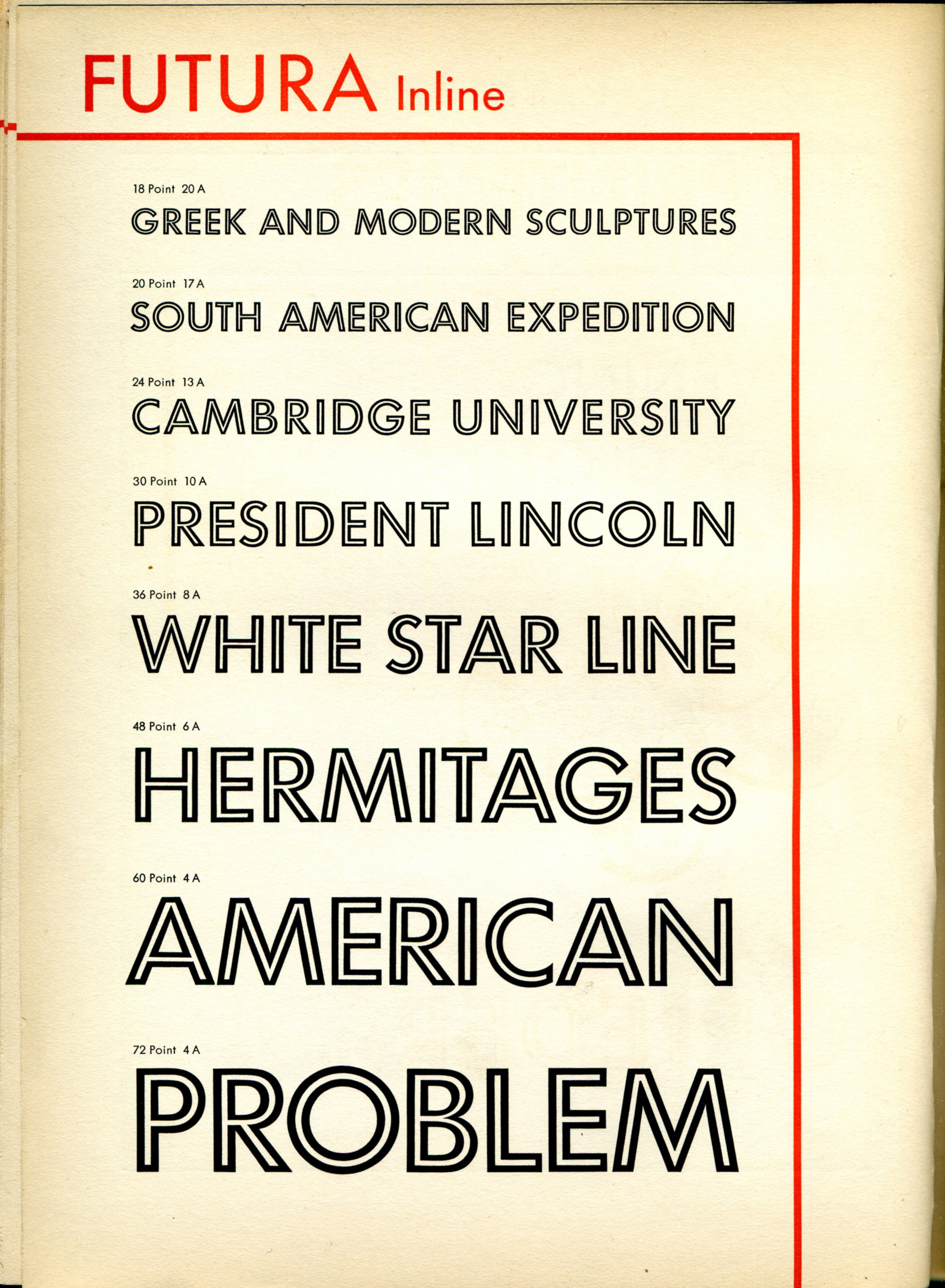
Recommend Some Art Deco 1930s '40s Fonts For Mac
Browse worry, free commercial use fonts, web fonts, and app fonts tagged 'Art-deco+1920s' at Fontspring.
At age 103, Saturday Evening Post illustrator McCauley “Mac” Conner has witnessed a lot of history.An was recently on display at the Delaware Art Museum, the Museum of the City of New York and the Norman Rockwell Museum in Stockbridge, Massachusetts. The exhibition, “Mac Conner: An Original Mad Man,” collects pictures from Conner’s long career.The exhibition labels Conner a “Mad Man” to take advantage of the craze over the television series “Mad Men” about the creative marketing geniuses of Madison Avenue in the 1960s. Thanks David!
I erroneously thought Blendon Campbell HAD done covers for the Post the other day, when he had not. I really loved the ‘Butch the dog’ series of covers Albert Staehle did for the Post in the mid-late ’40s.Most of them are comical about the misadventures of a semi-naughty Cocker Spaniel, but the 6/10/44 cover is kind of tear jerker. He’s very sad or worried, laying on his master’s uniform with a look that suggests Butch knows he may be deceased, or just away, misses him and wants to feel closer. Hopefully it’s the latter.Just an idea for a future feature. The series stops in 1949, but had a good run. Around 1951-’56 Texaco had a wonderful series of beautiful print ads of the misadventures of some rambunctious Dalmation pups getting into, or running away from trouble also.
It’s possible Butch inspired that series. Bob McGowan, Jr.– Thanks for writing, I can tell you really know your illustrators! It’s reassuring to me that you’d never heard of Conner, because I’d never heard of him either before his well publicized traveling exhibition.I agree with your taste; Bob Peak really set the field of illustration on fire, although he came along too late to work for the Post.Your book on the Post covers (I have a copy too!) is a veritable “Who’s Who” of the great illustrators from the era. I hope to be writing soon about some favorites such as Mead Schaeffer and Austin Briggs, as well as some interior artists such as William A. Smith and Robert Fawcett. If you or other readers have any names you’d like to suggest, please send them in!.
Was McCauley Connor a “Mad” Man? I’d have to say no, but only in the best sense of saying that, David. He’s 103, going on 104. This is a man that was blessed with good genetics and arguably a lot more common sense than what we witnessed on the booze infused, 3 packs (or more!) per day ‘Don Draper Show’!This is really my first time learning of this artist, despite my having the ‘Covers of The Saturday Evening Post’ books. I had an old reading copy, but got a beautiful new one as a gift just last Christmas!
There were so many gifted artists that did covers for the Post, but also story illustrations and ads.The fact so many people think Rockwell did every Post cover is almost comparable to people thinking every issue of Life magazine was ‘LIFE’ and not ‘Life’ as well.He was born at the right time to have had some really fantastic influences: Gibson, Leyendecker, noir, art deco and more. He also was influenced by cutting edge younger artists like Bob Peak.
I LOVE Bob Peak, and bought ‘The Art of Bob Peak’ book 4 years ago, new, autographed by his son Tom Peak. $80 then, over $900 now on Amazon.
Fantastic book.While Bob Peak is more of an ‘acquired taste’ Conner should have a more mainstream appeal. He also has a Hitchcock flavor in a lot of his pieces, like the woman on the red staircase. Thanks so much for this feature.Earlier this month the Post did a feature on Kodak ads they ran between 1901-1965. There’s a 1907 I noticed was by Blendon Campbell, another favorite artist.
A future feature on him would be great!
I want to share with you how I learned to generally mimic designs and translate them in to different mediums. Basically, what you want to do is identify the unique aspects to the genre you want to imitate. In this case, you want to use colors, shapes, motifs and common mediums found in art deco, since it is a whole distinct art movement. I would look at buildings, posters, paintings, jewelry and clothing that define the art deco period and look for common attributes.
Art Deco also has many rich geometric patterns.For a large survey project like this, I don't hesitate to recommend wikipedia as a starting point -. From there you can zero in on an artist, or a couple of buildings by looking at the societies and galleries linked on the page. I would expose yourself to as much material as possible.
Hopefully you live somewhere where there are living examples of Art Deco - in your local museum or down the road. (I'm only a couple of miles away from.)Even just doing a google image search for 'art deco' will yield patterns, fonts, paintings, all type of things to explore.Some links:for palettes- some posters, book covers, ads- Art Deco - Victoria and Albert Museum- round up of major names and collections- art deco poster design contest, ha.edit: punctuation.
